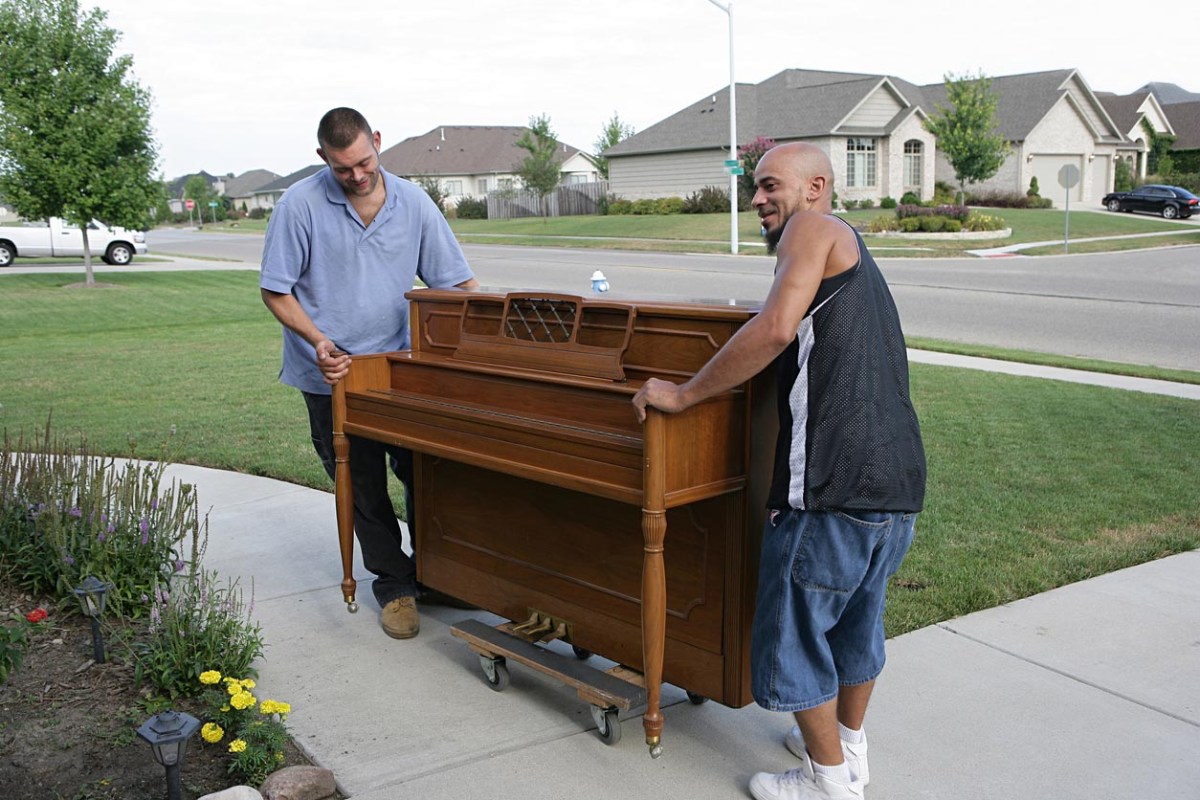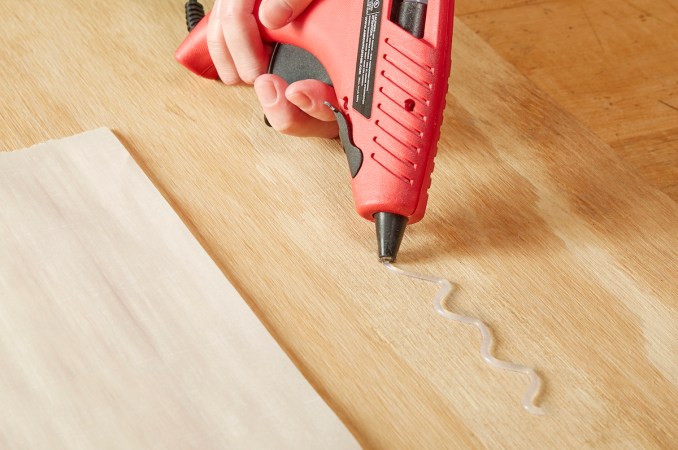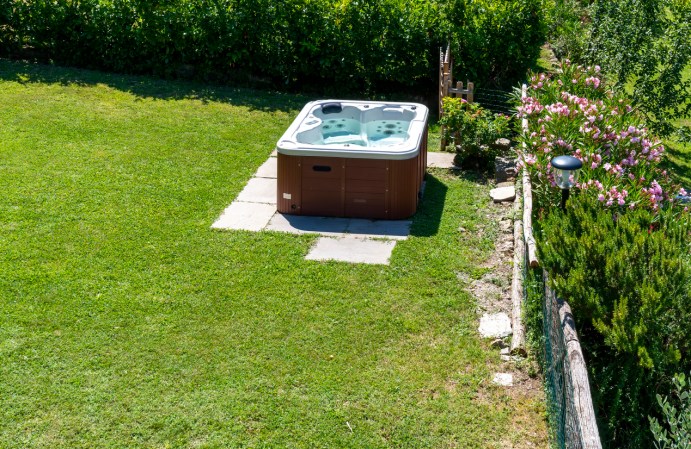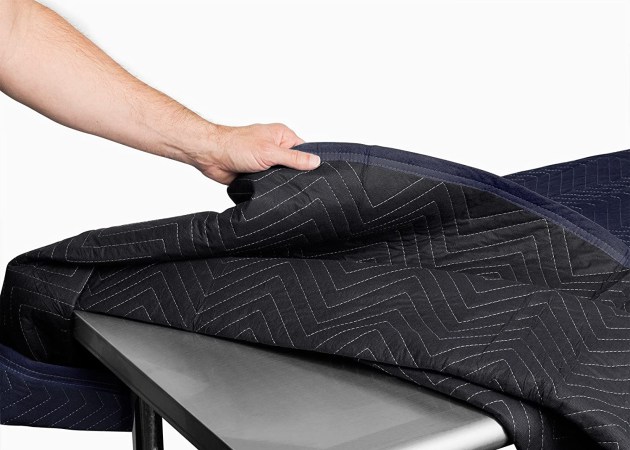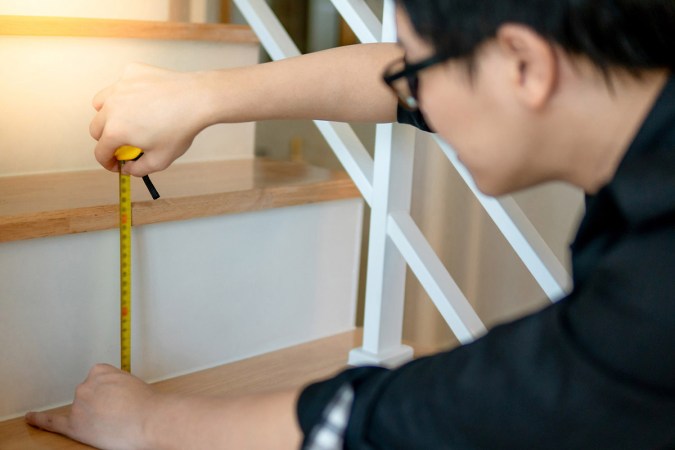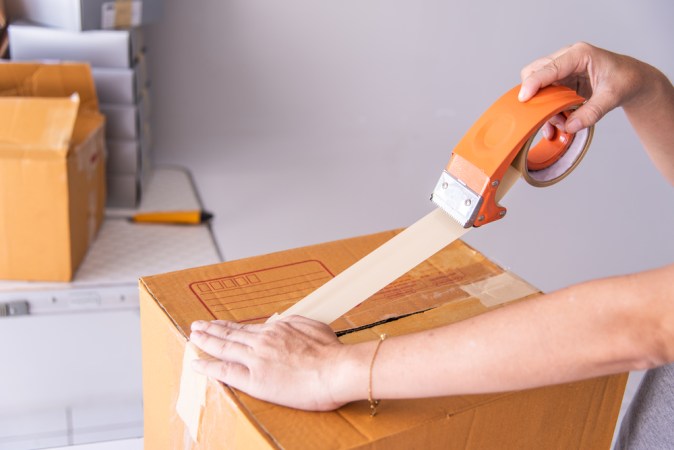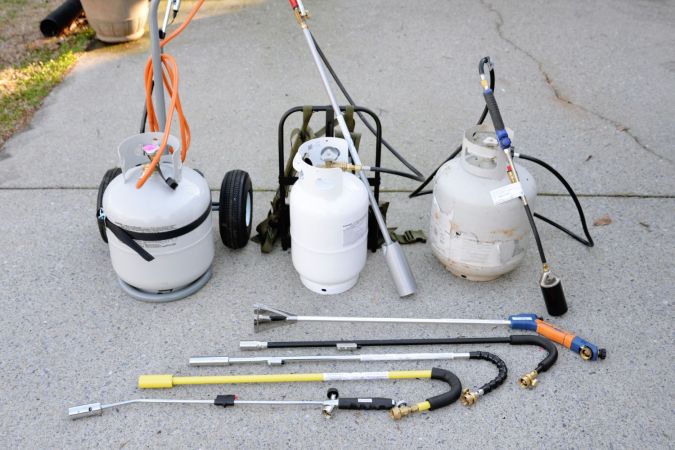We may earn revenue from the products available on this page and participate in affiliate programs. Learn More ›
Most homeowners have probably never moved a piano. You don’t need to search, “How much does a piano weigh?” to know that pianos can be challenging and risky to move—especially without the help of professionals. It’s always recommended to hire piano movers. But for homeowners determined to move a piano, or if hiring piano movers is off the table for whatever reason, this guide will teach you how to move a piano in a way that prevents as many expletives, injuries, and regrets as possible. With some equipment, careful planning, and willing helpers, piano owners can move their cherished instrument to a different room or a brand-new home. In the end, you’ll at least know how to move a piano should one of your friends need the favor returned.
Time required: 3 hours
Difficulty: Intermediate
Estimated cost: $100 to $200
Tools & Materials
Bobvila.com may earn a commission from purchases made through these links.
Before You Begin…
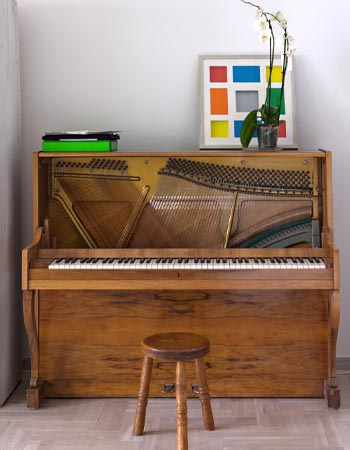
How heavy is a piano? Pianos come in varying shapes and sizes. Say you have an upright piano that’s narrower than the width of your doorway on the first floor. It will be more straightforward to move that piano into a moving truck than it would be to move a baby grand piano that needs to go down a flight of turning stairs. While no piano-moving task is easy or without risk, homeowners may have better luck moving the former piano. In contrast, homeowners might want to hire a specialty moving service for the latter.
Also, consider that it’s generally recommended to tune a piano after moving it, as the moving process and the new environment can affect the piano’s sound and performance.
Tips for How to Move a Piano
- Measure the piano, doorways, hallways, and staircase.
- Map out the route and make sure all movers are aware of it.
- Protect the piano with blankets or padding.
- Use heavy-duty moving straps and a dolly.
Safety Considerations
- Pianos are heavy; moving them improperly can cause injury. Take extra caution if you have an existing injury or any kind of physical issue.
- Do not attempt to move a piano without adequate equipment. You risk damaging your home and the piano.
STEP 1: Consider specialty moving services.
You can save yourself the time and effort of moving a piano by considering a specialty moving service to do the heavy lifting. Moving a piano is no easy task. Wondering, “How much does an upright piano weigh?” Upright piano weight can be as little as 300 pounds or closer to 800 pounds. Grand piano weight can be even higher at up to 1,400 pounds. Professional movers will have the tools needed to transport a piano and the experience to know how to map an efficient pathway. They’ll also know techniques to lift, move, and store the musical instrument with minimal or no damage. It’s worth reaching out to a moving service you trust to get a quote and see if hiring a specialty moving service is worth what piano movers cost.
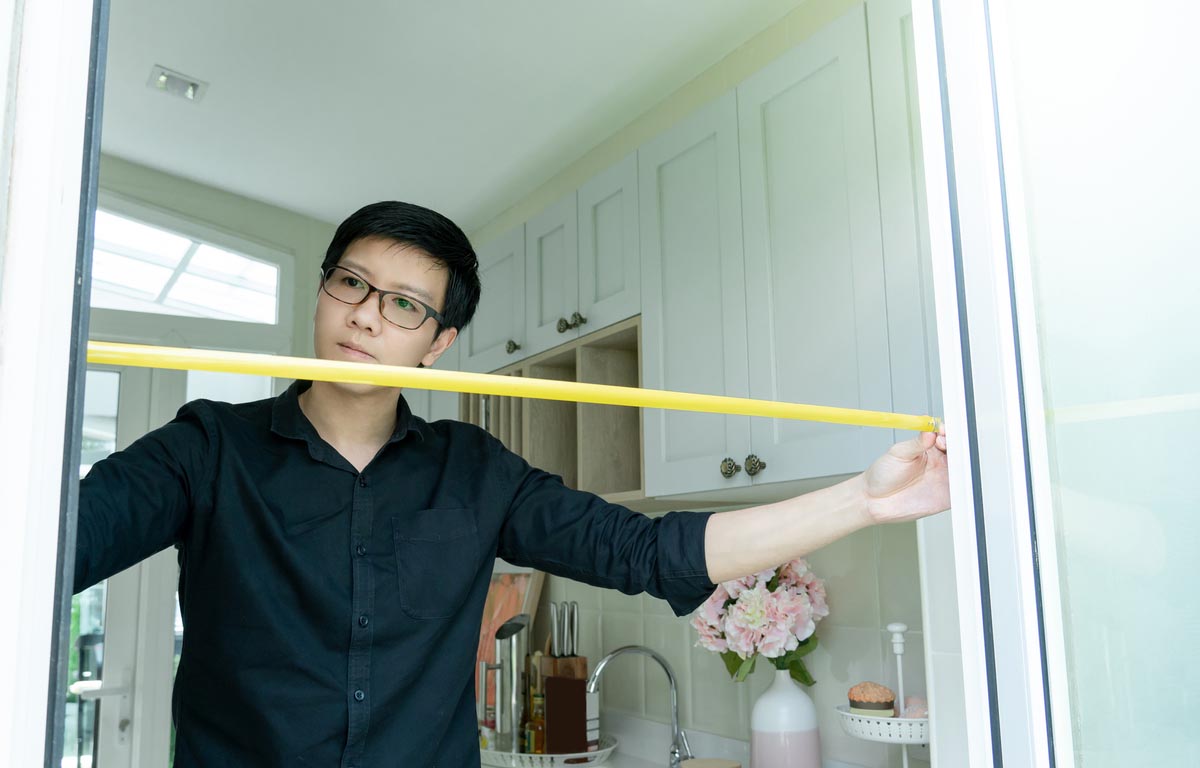
STEP 2: Measure all doorways, staircases, and hallways.
When taking the DIY route, planning the details of the move beforehand will make the overall process less cumbersome. The last thing you want to do is enlist help, buy the necessary supplies, and lift the heavy object…only to find out it won’t fit through your doorway. Map out the moving route and consider which rooms the piano will need to pass through. Measure the piano’s dimensions and make a note of them. Then, measure doorways, hallways, and staircases to ensure there is enough clearance. It may be necessary to take doors off their hinges. Using these measurements, you can determine how the piano needs to be oriented to fit through your home.
STEP 3: Assemble moving supplies and helpers.
At least four people are needed to properly and safely move a piano, whether it’s a baby grand or an upright. Ask friends or family members who you believe are physically capable of moving a heavy object and don’t have any existing injuries. It’s also helpful to purchase, rent, or borrow a pair of heavy-duty straps to take the brunt of the weight off you and your fellow movers and provide more support for the piano itself. A dolly is another piece of equipment you’ll need to move a piano since it can help move it into a truck or van. Check that the dolly can handle the piano’s weight.
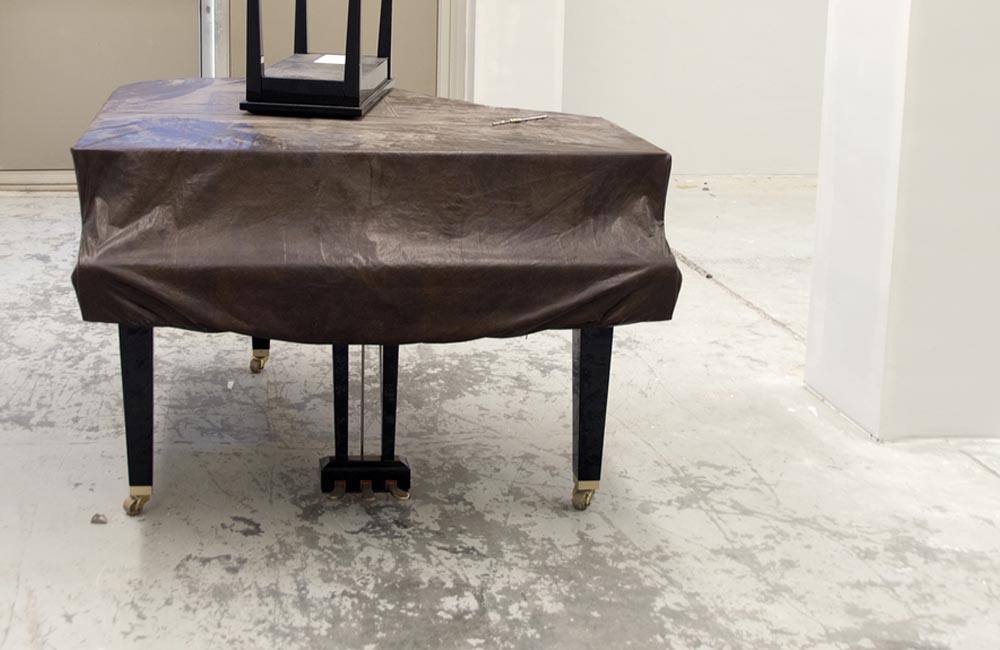
STEP 4: Protect and secure the piano.
Protecting and securing the piano is critical to ensure it isn’t damaged. Close and lock the keyboard lid to prevent damage to the keys, and secure the piano top. If you can, disassemble the piano legs with a screwdriver. Ensure that your moving team is holding the piano while the legs are coming off so the piano can be gently lowered to the ground.
Wrap the piano with protective coverings such as moving blankets. Ensure the corners are covered; this will help avoid leaving marks on the walls. Secure the moving blankets with packing tape or bungee cords. The blanket or padding should be thick enough to prevent scratches or dents but not so thick that it adds significant bulk or weight.
STEP 5: Prepare a dolly or piano board and move the piano.
When tackling how to move an upright piano, the task can usually be completed with moving straps and a dolly. But if you’re wondering how to move a baby grand piano, the answer is likely with the help of a piano board. A piano board is a piece of hardwood with slots on each side for moving straps. You’ll want to move the prepped and secured piano body onto the piano board and secure it with the straps.
Station the dolly toward the end of your moving path once there are no more stairs to navigate; then, it’s time to move. Make sure to lift the piano all together and communicate with your moving team. It may help to have an extra person to guide the group down any stairs or through tight passages. Once the piano has made it out of the house, the team can guide the piano onto the dolly and wheel it onto the ramp and into the moving truck or van. Make sure that the piano is placed gently into the truck; you may want to have an extra moving blanket laid out in the truck for extra padding.
STEP 6: Move the piano into its new space, and reassemble any pieces if needed.
You’ll basically have to reverse the moving-out process to move the piano into its new home. Determine where the piano will be and, as before, measure the doorways, hallways, and staircases that the piano will have to travel through.
Slide the piano onto the dolly and wheel it as far as possible; then, your moving team can carry the piano into the home. Reassemble any legs you may have removed, remove the moving blankets, and assess for any damage. You won’t want to play the piano right away—pianos typically need tuning after they’re moved, and an untuned piano won’t sound great.
By following the above steps, you’ll be able to move your piano as safely as possible. It’s important to remember that this type of move requires all hands on deck and the help of special equipment. Don’t compromise by moving a piano with fewer than four people or using moving straps that aren’t meant for a piano’s weight. It’s best to call a professional piano moving service that has the equipment and skill necessary to move your piano easily and without injury or damage.
Sources: MyMove

